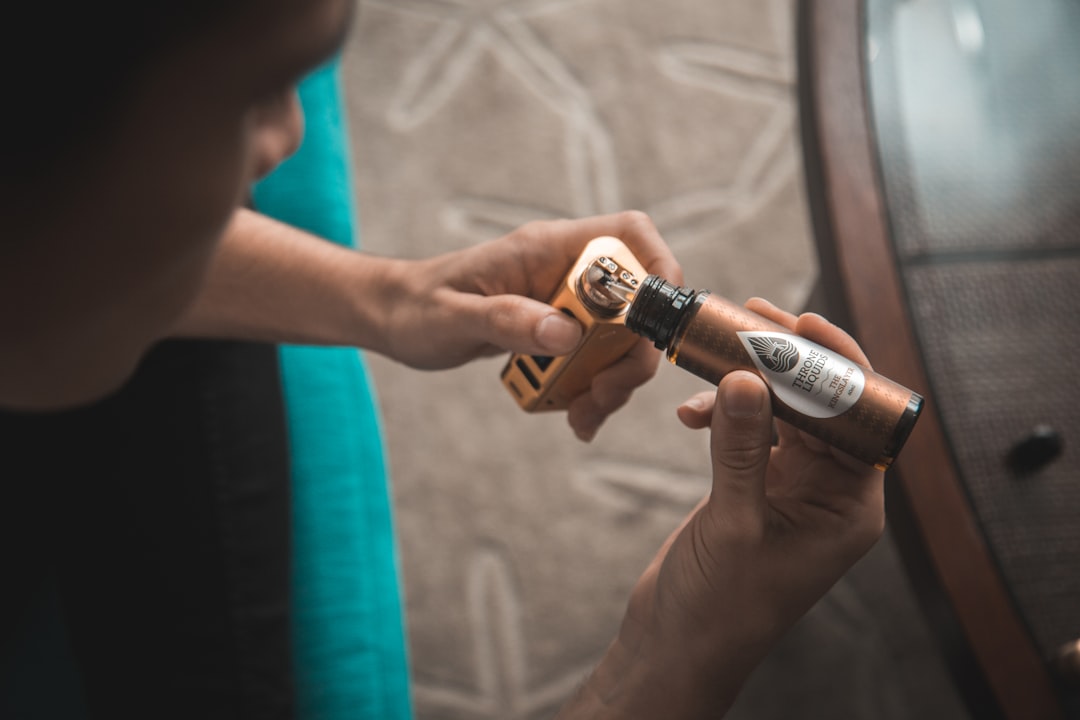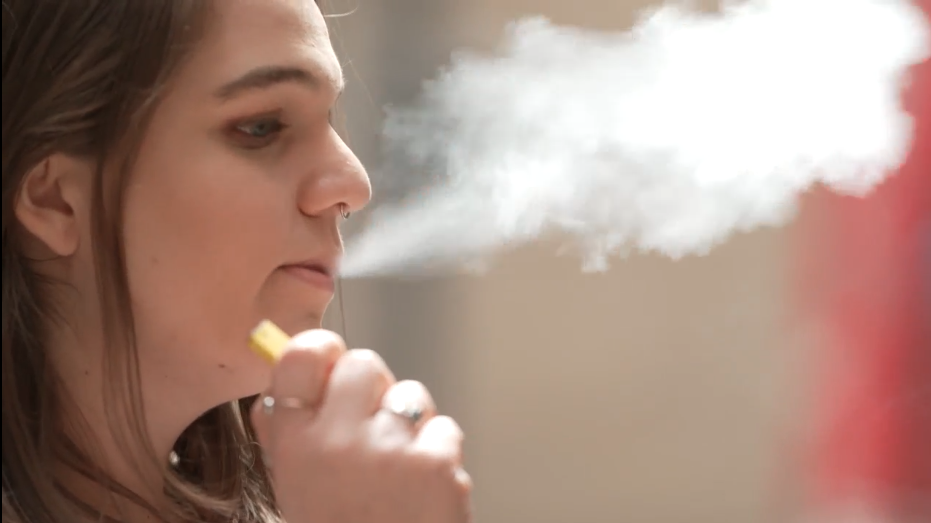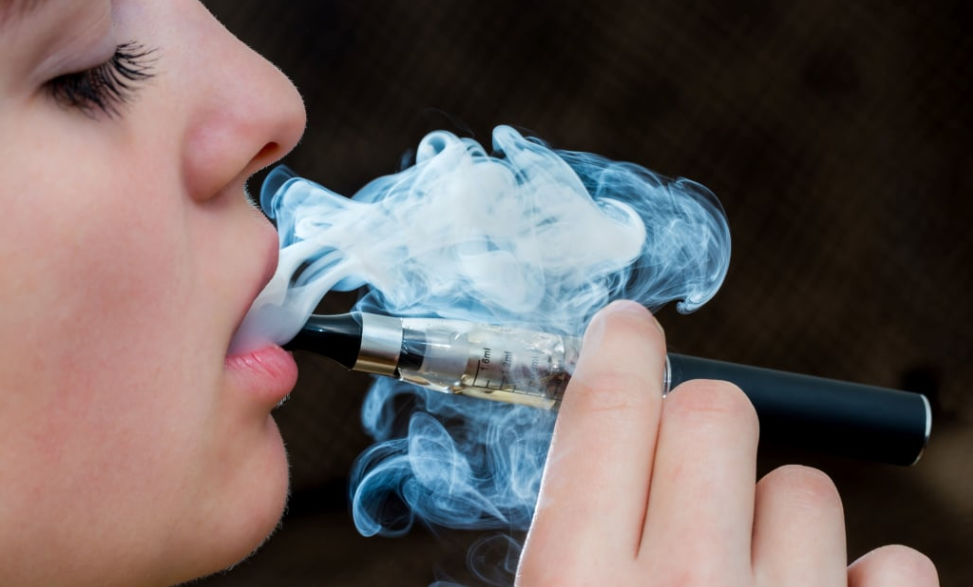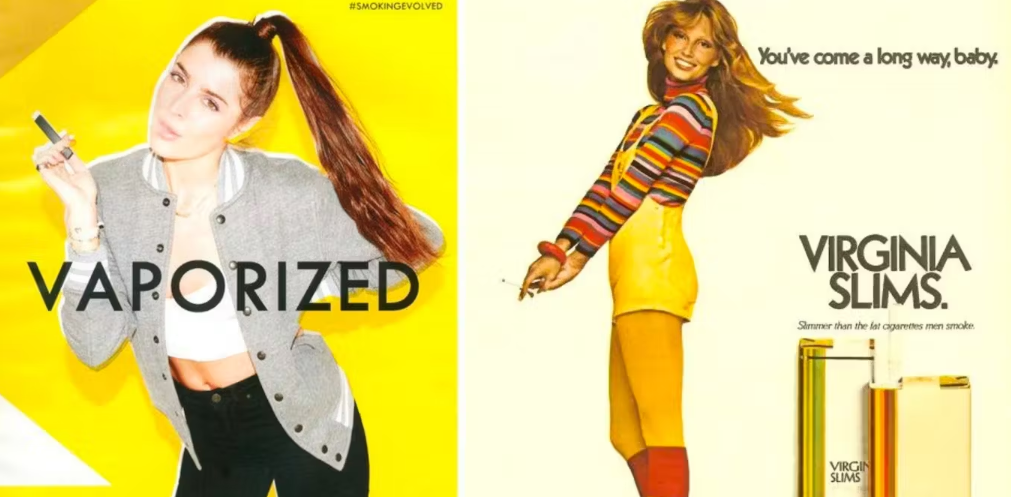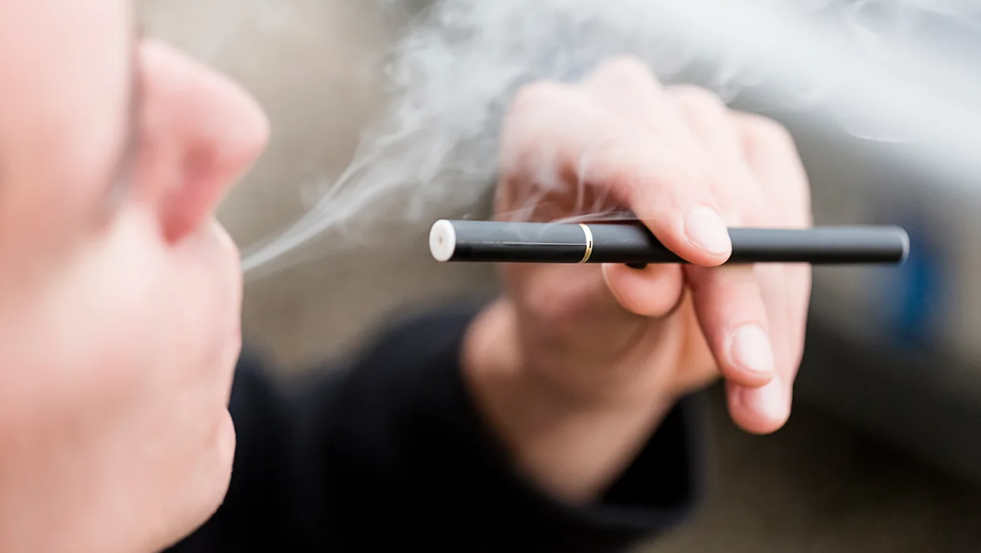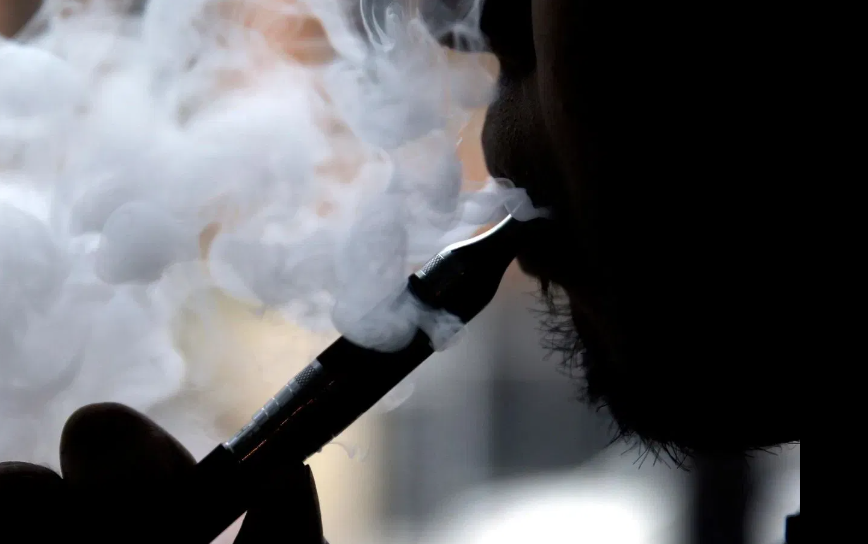Teenage e-cigarette users have been drawn to sweet-sounding flavors like chocolate cupcake, creme, mango, and tutti frutti, prompting increased scrutiny from the Food and Drug Administration (FDA). The agency recently conducted a "surprise inspection" at Juul Labs, a prominent electronic cigarette company based in San Francisco, during which they seized over 1,000 pages of documents. The focus of their investigation? The so-called "kid-friendly flavors" that critics claim are driving the rise in youth vaping rates.
According to an agency spokesperson's statement to NPR, the inspection aimed to obtain "further documentation related to JUUL's sales and marketing practices." The FDA is actively seeking information to better understand the appeal of Juul products to young users, especially when it comes to their marketing strategies and product design.
Coinciding with the FDA's action, the Centers for Disease Control and Prevention (CDC) released data indicating that Juul's sales had grown more than sevenfold between 2016 and 2017. Juuls, which are stylish and USB-shaped vaporizers, were initially introduced in 2015 as a tobacco cigarette alternative for adult users. However, concerns have arisen over their appeal to teenagers and children, particularly due to enticing flavors like mango and creme. Research suggests that as many as 81 percent of children who try tobacco begin with flavored products.
Dr. Robert Redfield, the director of the CDC, expressed alarm over the popularity of Juul among young people, stating that it threatens the progress made in reducing youth e-cigarette use. The combination of high nicotine content in these e-cigarettes, coupled with kid-friendly flavors, is a cause for concern.
Juul's CEO, Kevin Burns, assured NPR that the company is committed to preventing underage usage. He mentioned that their recent meetings with the FDA allowed them to share information about their business practices, including industry-leading online age-verification protocols and youth prevention efforts. Burns emphasized that they have already provided over 50,000 pages of documents to the FDA since April, underscoring their dedication to addressing the issue.
This latest FDA seizure is part of a broader series of crackdowns on the e-cigarette market. In a significant move last September, the agency issued over 1,300 warning letters and fines to various establishments, such as convenience stores and gas stations, for selling e-cigarettes to minors. Moreover, the FDA sent letters to major companies, including Juul, Vuse, blu, MarkTen XL, and Logic, accounting for more than 95 percent of the market, requiring them to submit plans within 60 days to address the widespread use of their products by minors. The primary focus of the FDA's concern is the role of flavored products in driving youth usage.
In response to the growing issue, Senators Dick Durbin and Lisa Murkowski have called on the FDA to ban "fruit, candy, and other kid-friendly" flavors. They assert that tobacco companies are actively developing and marketing e-cigarette flavors that are enticing and addictive to children, contributing to the problem.
Durbin and Murkowski have also proposed legislation to ban flavoring in cigars, though this does not currently extend to e-cigarettes. Tobacco companies would have one year to prove that their e-cigarette flavors genuinely aid adults in quitting smoking and do not encourage children to take up the habit. Presently, there are no specific regulations governing the flavors of e-cigarette products.
FDA Commissioner Scott Gottlieb has not minced words, describing youth e-cigarette use as an "epidemic" and warning that it shows no signs of slowing down. The FDA is determined not to tolerate an entire generation of young people becoming addicted to nicotine.
In conclusion, the FDA's recent surprise inspection and seizure of documents at Juul Labs reflect the agency's commitment to tackling the issue of youth vaping, particularly the appeal of "kid-friendly flavors." The e-cigarette market faces increased scrutiny, and the debate over flavoring and its impact on youth usage remains a critical concern. As the FDA and lawmakers continue their efforts to address this pressing public health challenge, the fate of flavored e-cigarettes hangs in the balance.
Frequently Asked Questions (FAQs)
1. What are "kid-friendly flavors" in e-cigarettes?
"Kid-friendly flavors" refer to the wide range of sweet and appealing flavors available in e-cigarettes that may attract younger users. Examples include flavors like chocolate cupcake, creme, mango, tutti frutti, and "blue." Critics argue that these flavors make e-cigarettes more attractive to teenagers and children, potentially leading to increased youth vaping rates.
2. How does the FDA regulate e-cigarette flavors?
The FDA has been actively regulating the e-cigarette market, especially concerning flavored products. It has issued warning letters and fines to retailers who sell e-cigarettes to minors. Additionally, the FDA has asked major e-cigarette companies to submit plans on addressing youth usage of their products. If these plans are deemed unsatisfactory, the FDA may consider removing certain flavored products from the market.
3. Is Juul the only e-cigarette company under scrutiny?
While Juul Labs has been a significant focus of the FDA's attention, it is not the only company facing scrutiny. The FDA has sent letters to other major players in the market, such as Vuse, blu, MarkTen XL, and Logic, requesting plans to address youth usage of their products as well.
4. Are all e-cigarette flavors considered harmful?
The debate over the impact of e-cigarette flavors on public health is ongoing. While some argue that flavors can help adult smokers transition away from traditional tobacco products, others express concerns about their appeal to young users. The focus is primarily on "kid-friendly flavors" and their potential role in driving youth vaping rates.
5. What are some proposed solutions to address youth vaping?
Several solutions have been proposed to address youth vaping. Some lawmakers advocate for banning "kid-friendly flavors" altogether to discourage young users from trying e-cigarettes. Others propose stricter age verification protocols for online sales and increased education about the risks of vaping. Additionally, there are ongoing efforts to implement regulations to curb marketing practices that target teenagers and children.

